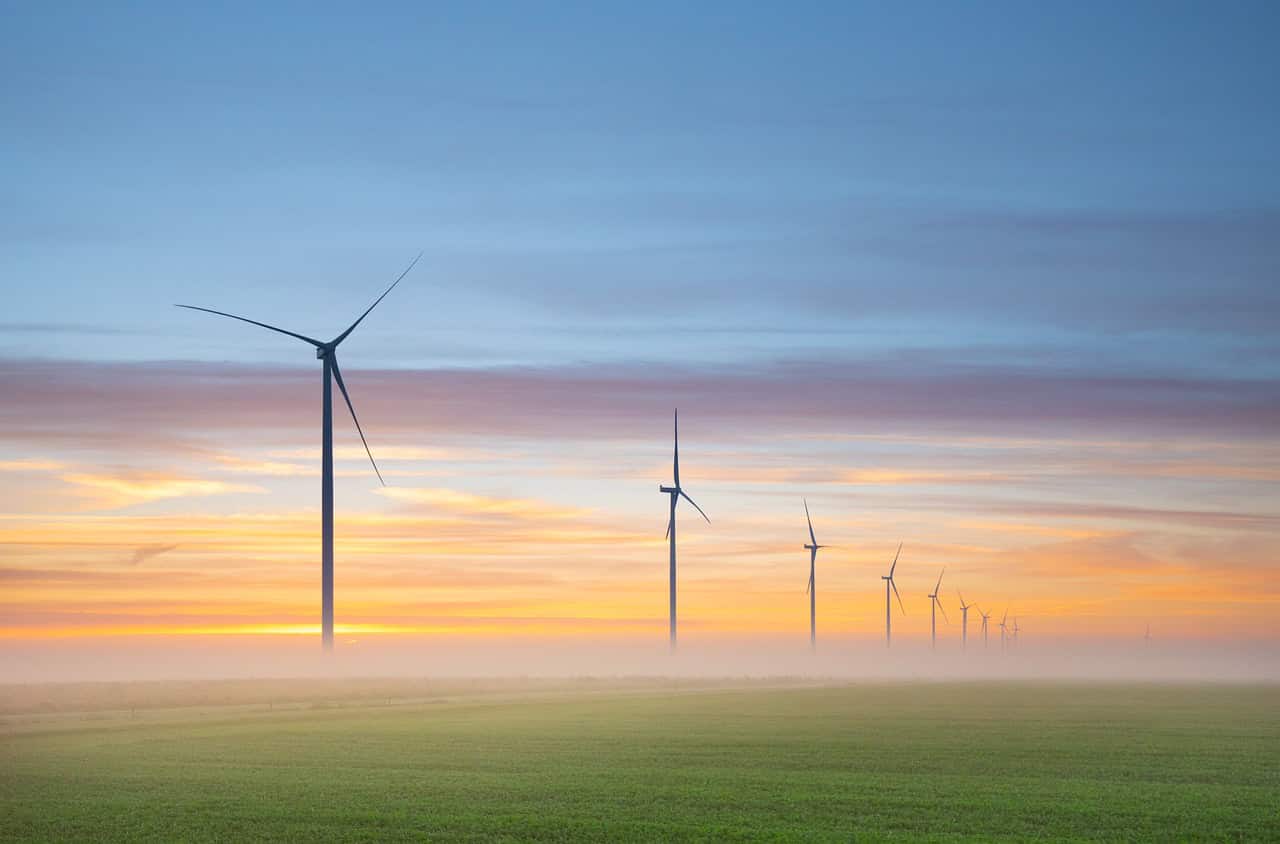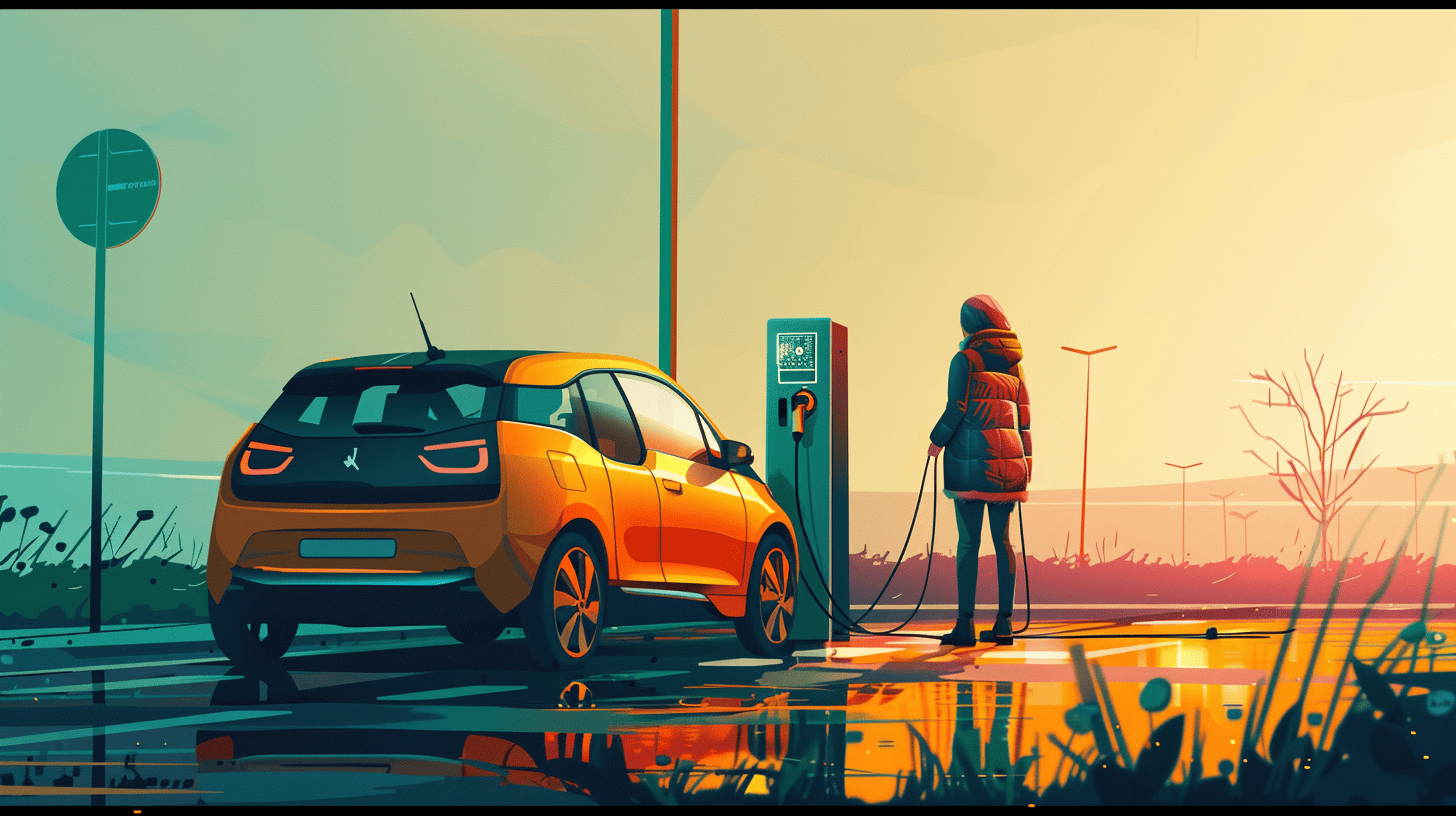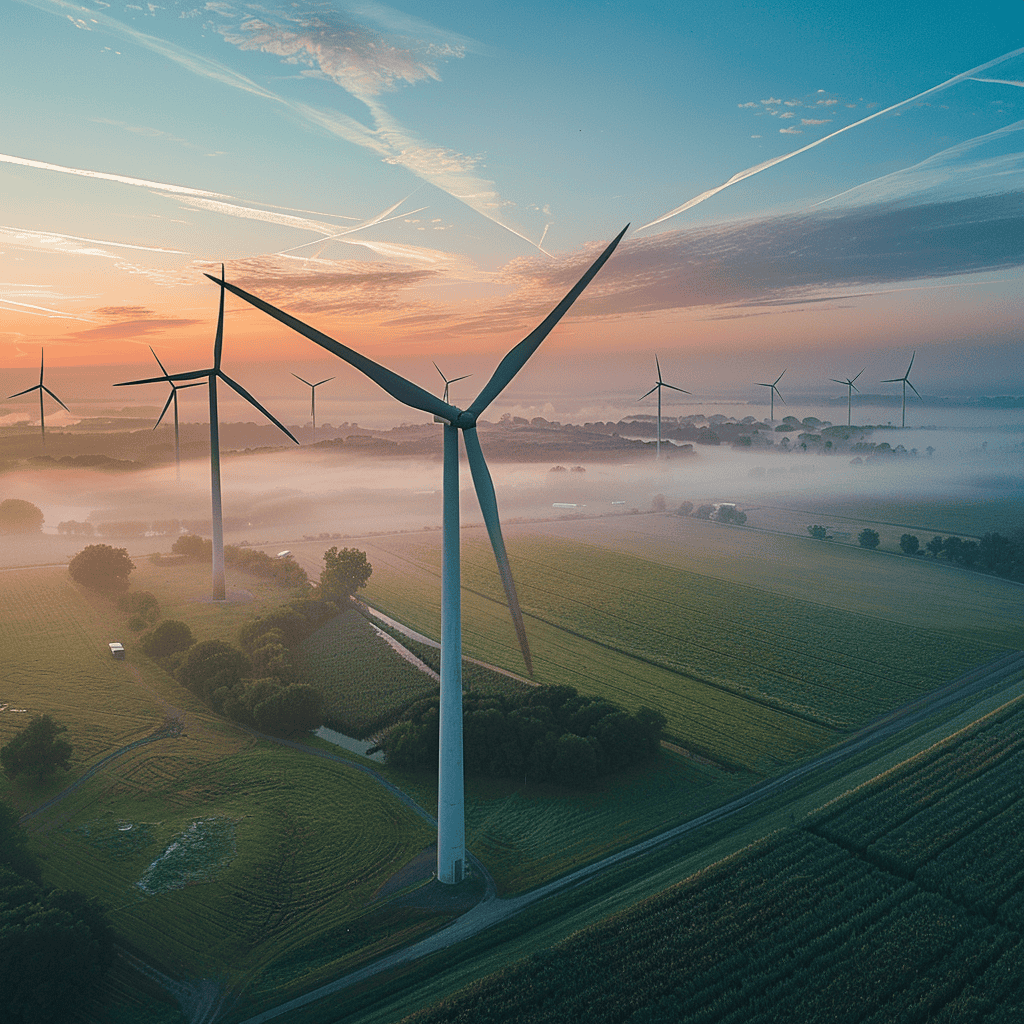
“If we want to achieve a climate-neutral Europe by 2050, we have to transform the entire energy system. Because that won’t happen quickly, we’re taking a step-by-step approach. First, we use more efficient technologies with significantly lower greenhouse gas emissions and then we switch to environmentally friendly fuels, such as hydrogen,” says Vanja Subotić, head of fuel cell research at the Institute of Thermal Engineering at the Graz University of Technology, Austria.
The 32-year-old researcher considers fuel cells, which emit no nitrogen oxides (NOx), no sulfur oxides (SOx) and hardly any CO2, to be efficient and clean technology. But a lot of research is still needed before they are as well developed as internal combustion engines, she says. In Japan, commercialization programs have been underway for ten years. More than 400,000 fuel cell systems have been installed there to provide electricity, heat and hot water in homes, as well as several fuel cell power plants with a capacity of more than 200 kilowatts, Subotić said. She spent four months in 2019 conducting research in Japan at the largest research center for hydrogen energy, the International Research Center for Hydrogen Energy in Fukuoka and at Kyushu University.
The research problem she is working on is the rapid aging processes of solid oxide fuel cells (high-temperature fuel cells).
Also interesting: Solid oxide fuel cell delivers 100,000 hours of electricity for the first time
She is currently conducting research with her colleague Michael Höber and the head of the Institute of Thermal Engineering, Prof. Christoph Hochenauer in the international AGRO SOFC project. The abbreviation SOFC stands for solid oxide fuel cell. Together with Austrian project partners 4ward Energy Research GmbH, Reiterer & Scherling GmbH and Enexsa GmbH, as well as Spanish industrial partner Inkoa, they want to advance the technology for use in the agricultural industry. The industrial partner operates a greenhouse in Bilbao, Spain, and wants to generate energy for its tomato production more efficiently and in a more environmentally friendly way. Here is the researcher, in an interview with Innovation Origins:
How is energy for the greenhouse currently obtained and what problems are associated with it?
Currently, fuel oil boilers are used to produce heat. Simultaneous electricity production is not possible. Therefore, an additional external power supply is necessary. It is also problematic that the operation of fuel oil boilers causes very high CO2 and pollutant emissions.
You are using solid oxide fuel cells in the AGRO SOFC project. What are the advantages?
With solid oxide fuel cells, we are dealing with chemical energy that is converted directly into electrical energy in the fuel cell. As a result, there are no intermediate steps that could lead to energy loss and high efficiencies can be achieved. (Note: The term “efficiency” indicates how much fuel is actually converted efficiently in the production of electrical energy.)
Another advantage of solid oxide fuel cells is that you can use very different fuels to produce electrical energy: Hydrogen, natural gas, ammonia, and even carbonaceous fuel gases. You can also switch and use whatever fuel you have on hand – all with the same technology.

Photo: The ceramic fuel cell has a fuel electrode on one side and an air electrode on the other. The picture shows the air electrode, which sends air in the form of oxygen ions to the diesel fuel electrode. This directly oxidizes the fuel, converting it into electrical energy.
What qualifies solid oxide fuel cells for use in the greenhouse project?
We are currently using diesel fuel and would like to reduce greenhouse gas emissions without changing the fuel. That’s where solid oxide fuel cells are the only option. They allow us to make much better use of diesel fuel and achieve greater efficiency for producing electrical energy and thermal energy.
Is the SOFC technology you are developing coupled with CO2 recycling?
Yes, it is possible to couple our fuel cell system with CO2 recirculation. We are theoretically also planning to do this in the project, but are not implementing it yet. In any case, some CO2 is produced during energy generation with the high-temperature fuel cell which could be reused for the plants in the greenhouse. Plants need CO2 to grow. What we already know is how much CO2 they need and how much CO2 is produced in the system.
But first we are concentrating on the question of how our fuel cell system can be implemented so that it runs smoothly. To this end, we are developing all the necessary components here at the institute. For example, we can only use gaseous fuels in the solid oxide fuel cell, but diesel is liquid. To convert diesel from a liquid to a gaseous state, we have developed a reformer. So we have the reformer and the fuel cell system as the main components and must now design the system so that there are no additional energy losses.

Photo: A cell can deliver significant amounts of current, but the voltage is low. To achieve higher voltage, a stack of ten cells is used.
In the project, you want to extend the service life of solid oxide fuel cells. What is the current service life?
That depends on how you define the operating parameters, whether the system works continuously with the same settings or the settings are changed more often. For example, it makes a difference whether you use the same fuel all the time or change it over and over again. But first of all, we would first like to reach more than 40,000 operating hours (Note: this is ca. 4 ½ years).
How does the aging process occur?
We refer to the rapidly decreasing cell performance of the solid oxide fuel cell as degradation or aging. This can be caused by various mechanisms, but the materials are affected in any case. For example, when solid oxide fuel cells are operated with gases containing carbon, under certain conditions the carbon may dissolve from the gas and settle on the cell surface. Other problematic factors include temperature and load changes. Both can cause mechanical stresses that can lead to irreversible cracks and detachment of the surfaces and thus to mechanical destruction of the cell. But materials can also degrade if fuel utilization is too high.
Also interesting: Fuel cells for hydrogen vehicles live longer thanks to novel electrocatalyst
We plan these operating parameters even before moving on to laboratory-scale tests. In the lab, we then use certain monitoring methods. As soon as we see that something is not running optimally, we can react immediately and take appropriate countermeasures using various methods we have developed.
Of course, it is also possible to develop new materials. But that would be in the area of materials research, which we don’t do. We try to make the best of what we have.
What methods have you developed to detect the condition of the system?
Based on the many studies we have already conducted, we know how the system behaves when certain damage mechanisms occur. Our diagnostic systems also give us continuous information about the system. These are essentially based on current and voltage measurements. This allows us to detect system faults early on – especially in the fuel cells. We can also use this information to adapt the operating strategy.
This is comparable to medical diagnostics, where the detection of the current state of health (the actual state of the cell), as well as the cause of the occurring symptomatology (determination of the damage mechanisms) serve as the basis for the subsequent treatment of the patient (regeneration strategy).
What would a successful conclusion of the research project mean for the state of the art in stationary solid oxide fuel cells?
We will use our demonstration plant to show that SOFC technology works very well in a real environment over a long period of time, with no unexpected problems or damage. If there are small problems, we can detect and solve them early. Although our system will initially be used in Spain, it should also work well regardless of the local climate. The system can also be used for different applications because the products we need are always the same: electricity, heat and hot water – regardless of whether it’s an industrial plan or households in a housing development.
Thank you for the interview.







